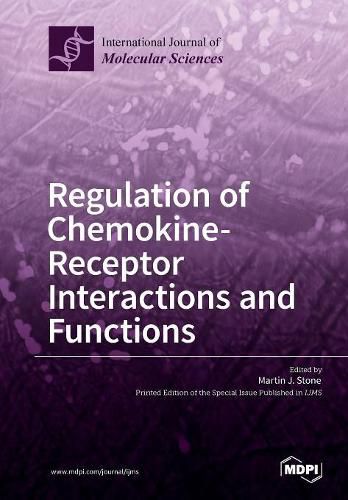Readings Newsletter
Become a Readings Member to make your shopping experience even easier.
Sign in or sign up for free!
You’re not far away from qualifying for FREE standard shipping within Australia
You’ve qualified for FREE standard shipping within Australia
The cart is loading…






This title is printed to order. This book may have been self-published. If so, we cannot guarantee the quality of the content. In the main most books will have gone through the editing process however some may not. We therefore suggest that you be aware of this before ordering this book. If in doubt check either the author or publisher’s details as we are unable to accept any returns unless they are faulty. Please contact us if you have any questions.
A hallmark of inflammation is the accumulation of leukocytes, which can serve to remove pathogens and necrotic tissue, but may also damage healthy tissue and exacerbate the inflammatory response. Our understanding of leukocyte recruitment in inflammation was revolutionized in the late 1980s by the discovery of chemokines (chemotactic cytokines), a family of small, secreted proteins that induce migration of selective subsets of leukocytes. Shortly afterwards, chemokines were found to exert their functions through the now familiar chemokine receptors, members of the G protein-coupled receptor superfamily. As their physiological and pathological functions were elucidated, chemokine receptors have become popular targets for drug development in inflammatory diseases as well as cancer metastasis and HIV infection. Extensive research has revealed that the functions of chemokines and their receptors are regulated at numerous levels, including: genetic mutations/polymorphisms; control of expression levels; ligand internalization via functional or decoy receptors; intrinsic selectivity of chemokine-receptor binding; hetero- or homo-oligomerization of chemokines or of receptors; alternative signalling pathways; interaction of chemokines with glycosaminoglycans; post-translational modifications; and binding to pathogen-derived inhibitors. This Special Issue of IJMS focused on the natural and pharmacological mechanisms by which the activities of chemokines and their receptors can be regulated.
$9.00 standard shipping within Australia
FREE standard shipping within Australia for orders over $100.00
Express & International shipping calculated at checkout
This title is printed to order. This book may have been self-published. If so, we cannot guarantee the quality of the content. In the main most books will have gone through the editing process however some may not. We therefore suggest that you be aware of this before ordering this book. If in doubt check either the author or publisher’s details as we are unable to accept any returns unless they are faulty. Please contact us if you have any questions.
A hallmark of inflammation is the accumulation of leukocytes, which can serve to remove pathogens and necrotic tissue, but may also damage healthy tissue and exacerbate the inflammatory response. Our understanding of leukocyte recruitment in inflammation was revolutionized in the late 1980s by the discovery of chemokines (chemotactic cytokines), a family of small, secreted proteins that induce migration of selective subsets of leukocytes. Shortly afterwards, chemokines were found to exert their functions through the now familiar chemokine receptors, members of the G protein-coupled receptor superfamily. As their physiological and pathological functions were elucidated, chemokine receptors have become popular targets for drug development in inflammatory diseases as well as cancer metastasis and HIV infection. Extensive research has revealed that the functions of chemokines and their receptors are regulated at numerous levels, including: genetic mutations/polymorphisms; control of expression levels; ligand internalization via functional or decoy receptors; intrinsic selectivity of chemokine-receptor binding; hetero- or homo-oligomerization of chemokines or of receptors; alternative signalling pathways; interaction of chemokines with glycosaminoglycans; post-translational modifications; and binding to pathogen-derived inhibitors. This Special Issue of IJMS focused on the natural and pharmacological mechanisms by which the activities of chemokines and their receptors can be regulated.